All spaces and exhibitions I have organized include my own work—I have not aimed to curate, but rather to expand my own personal practice into a social environment in which I can then participate. I prefer loose thematic/operational frameworks where other artists can be self-determining.
Botanical Readiness
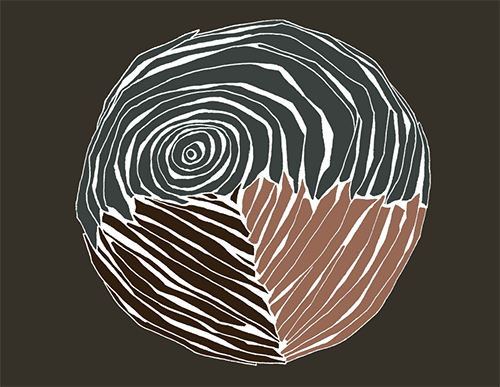
A biannual online project meant to resemble a Whole Earth Catalogue approach to Better Homes & Gardens, but permitted to push into paranormal fantasy.
Hemiboreal
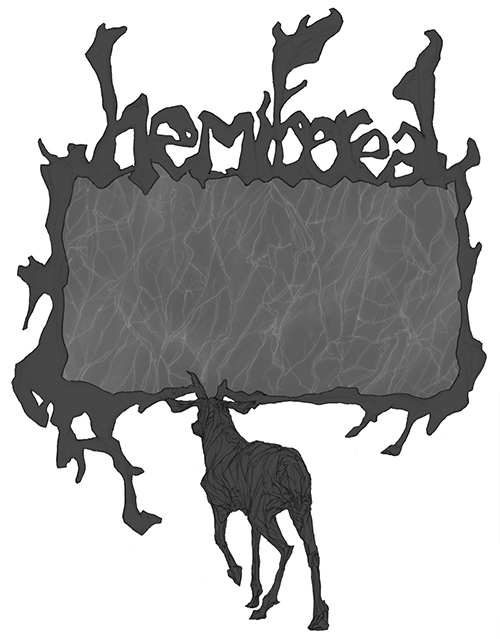
As my wife Catie Olson's Krampusnacht series migrated to music venues without available wallspace, I created an online series for visual and audio work from participating artists, with a small-scale manifestation at the event.
Tascam
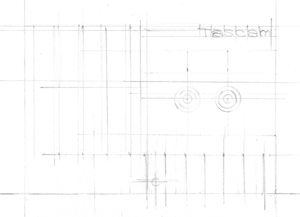
After the Floor Length and Tux series, in which our entire home could be used by artists we collaborated with, Catie and I created two concentrated areas for exhibiting. Tascam was a set of mini sawhorses in the living room, underneath an unnecessarily large (and low) lighting rig, while Catie created a bar-on-wheels for the yard called 6flags. During the shutdown in 2020, I used that mailing list in a 12-part campaign of vaguely threatening mailers in the style of the Columbia House Record Club.
ASCII
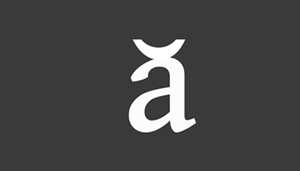
Archeospiritist Study and Consortion Initiative, Illinois. A series of single-evening events involving an open call for participation and a mutating specification platform. This originated from my own ongoing CDR-mix series beginning in 2006, and shifted into expositions of shared multiples, attire and cuisine.
Rejected Prototype
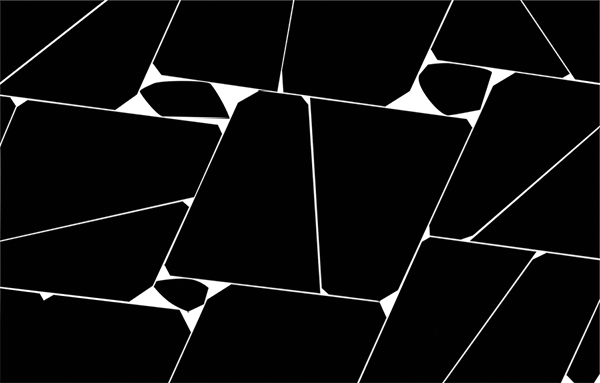
An exhibition for the Living Room section of the Franklin gallery. Artists were given shaped territories beneath a glass tabletop, based on biomimetic patterning.
Floor Length and Tux
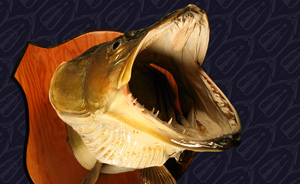
Catie Olson and I conducted this series of single-evening exhibitions in our home, working in collaboration with small groups of artists. Our approach was to avoid specific themes and curatorial frameworks, and allow these events to unfold as organically as possible.
FBI
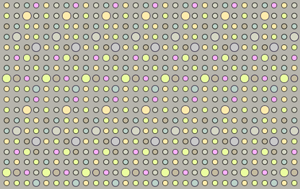
Feline Behavioral Institute. These group exhibitions—often embedded into other exhibitions—began as a cat-themed diversion, but lately seek to push the boundaries of the feline-curatorial genre.
Dusty Bunnyfield vs. Molotovia Cottontail
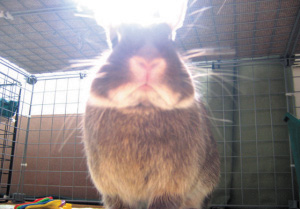
This exhibition at mini dutch (Chicago) involved three phases: my own solo exhibition; a "metabolization" of my show by gallerist Lucia Fabio, featuring her own new work; a group exhibition featuring artists who also ran domestic artspaces, with the second exhibition phase as a prompt.
Liv Ullmann, Anaerobic Digestion, Post-Psychiatry
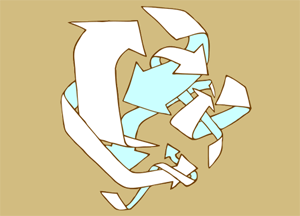
This was a component of the Associate Degree in Science that Catie Olson and I put together in St. Louis, Kansas City and Chicago. I gathered artists to apply themselves to the title (derived from current themes in my own work) while Catie hosted a Spiderbug screening.
COMA
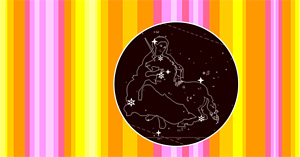
California Occidental Museum of Art. A series of single-evening apartments exhibitions that I co-organized with Annika Seitz. Artists were selected from our circle of peers, or from frequent visitors, and shows unthemed—only very occasionally given a light framework. In lieu of active curation, COMA was an opportunity to galvanize the artist network around us.
DFP
DFP-F°, 2005
DFP-1/Q, 2004
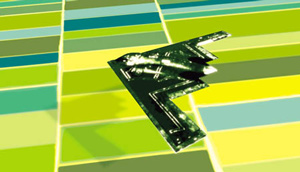
Divine Feminine Principle. These were exhibitions I curated at 1/Quarterly (Chicago) and Fahrenheit (Kansas City), daring some peers to apply themselves sincerely to goddess-art. My interest in this theme was stimulated by the wars in Afghanistan and Iraq, when I lost my allergy to readings about the Divine Feminine Principle.
For the Fahrenheit exhibit, I invited Kansas City artists to take an "ambassadorial" stance to the show, rather than knuckle under the proposed theme.
Den Nya Framtidsvetenskapen
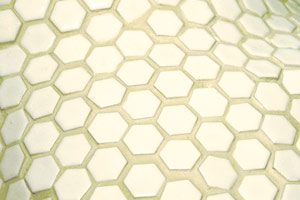
In English: The New Science Fiction. The title was the promotional banner, but among the participants I had discussed an exploration of gardening and domestic tending. The intention wasn't so much to lure viewers to ponder a relationship between the two themes, but to capitalize upon the dissonance between artistic behavior and marketing. This was my first exhibition with the Lisa Boyle Gallery.
Softcore Pornography
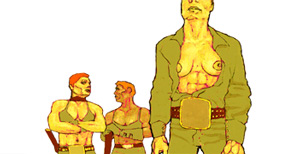
An exhibition at Century 900 (Chicago) in which I had to prepare a sizable group exhibition in 3 weeks. The title was a cursory assessment of my own new paintings, and the exhibition was a mixture of curated artworks/artifacts and open facilitation where artists could apply themselves in any manner they saw fit.
Organic Produce / Compound Fracture
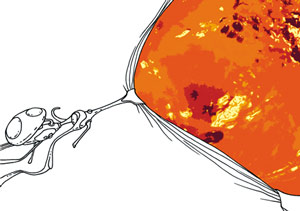
I had been working on paintings based upon pathological anatomy, and proposed an organ- & entrail-themed group show to the International Museum of Surgical Science (Chicago)—which had very little organic matter on display. I later brought the same roster into the Hyde Park Art Center and asked artists to create new succedent works, and to remedy the disconnection from the original home environment.